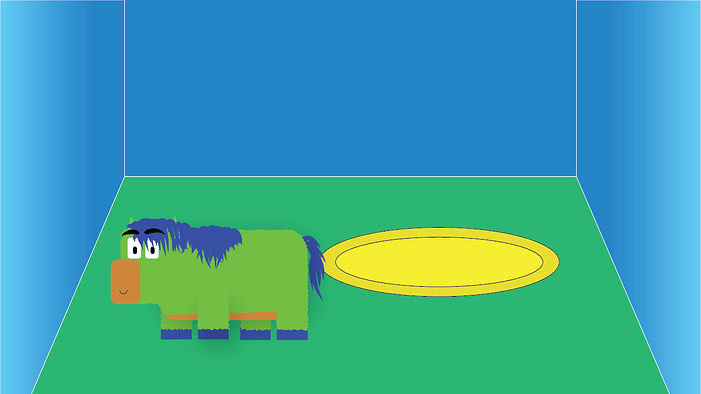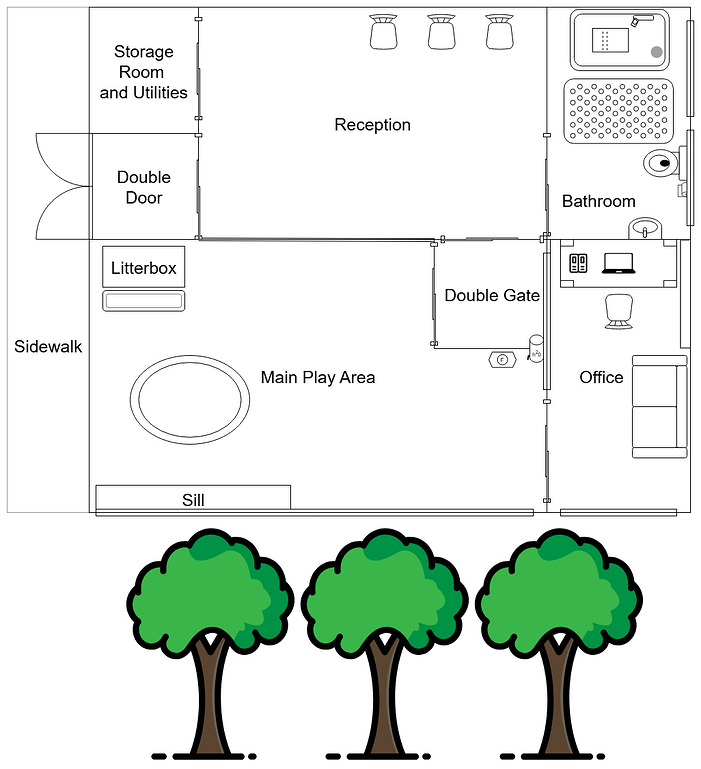Hey all.
My last attempt at a Twine game fell prey to the typical problems: the scope grew, and because it was so big (and there was so much to write), it was easy to lose motivation.
I’m trying again with a smaller, more focused project, that allows for parcels of story to be written all at once. In theory this is a pretty modular system, with new story events to be dropped in without anything complicated once they’re done.

 PLAY THE GAME HERE
PLAY THE GAME HERE 

- Current status: Nowhere near done, lots of placeholder text
- Last update: 2025-10-01
- Source code can be found here
(
The Game
You are a down-on-their-luck Zoomer/Milennial who just found our their grandma died (my condolences). Your grandma was a hugboxer and regularly donated to [Insert Custom Here] Daycare - if you can manage the daycare for [TBD] weeks, you can get her inheritance.
- Every Sunday, you will receive one new guest to the daycare.
- Monday through Friday, you will deal with one event per day: a Major event, or a Minor one.
- Each Fluffy guest has their own storyline (the Major events).
- Each Fluffy guest has their own Health (HEL) and Happiness (HAP) stat.
- The choices you make in all events will influence their HEL and HAP. If you make the right choices, you’ll advance their storyline.
- On Sunday, the owner will come pick the guest up. If the Fluffy is alive, you’ll get rewarded with Business Resources (BIZ).
Da Rules
- If your BIZ runs out, you lose.
- If your Fluffy dies (their HEL runs out), you lose.
- Your Fluffy may have different ending text depending on whether it hits minimum HAP and HEL values.
I’m currently debating whether if I want to have a shop with buyable upgrades to the daycare - I know I want to have weekly “here’s your business expenses” rather than forcing people to buy kibble individually and other boring stuff.
I want to have this system (ie, buy a Sorry Stick, get options to use it) but that considerably bloats the text because of the new options present. This would be a “once the main events are done” kind of thing.
I would also need to develop prices and make sure it balances with your intial money and the cost of your expenses. Losing all your money is one of the hard “game overs”, so messing with that balance can either remove it as a threat entirely or make it too punishing.
The To-Do List
I want to have 8 multi-part Major events.
- The events can either be 2 or 3 parts.
- Each part can have 1-3 “screens” worth of text and choices, mostly because I don’t want one long page.
- These events deal with a single Fluffy.
- These events will raise or lower their HAP or HEL depending on your choices.
- These events create branches in other parts depending on your choices. Doing something in Day 1 may change Day 2, or completely break the event chain.
- You may be able to spend Business Resouces (BIZ) to solve problems. This represents everything from rent, repairs, time spent, or buying things for the daycare.
- The player would not see all events in a typical playthrough.
I want to have 16 one-and-done Minor events.
- The events should be one part, or 1-2 “screens.”
- The events should deal with your current Fluffy.
- The events can have changing text depending on the Fluffy’s race, gender, or number of legs.
- Depending on your current Fluffy’s stats (gender, race, number of legs) events can be removed from the available pool. There can also be arbitrary flags (for example, if your Fluffy gets traumatized, I could flag a “isTraumatized” variable) but I feel like getting too into the weeds with that jeopardizes the project.
- The events will raise or lower their HAP or HEL depending on your choices.
- You may be able to spend Business Resouces (BIZ) to solve problems.
- The player would not see all events in a typical playthrough.

